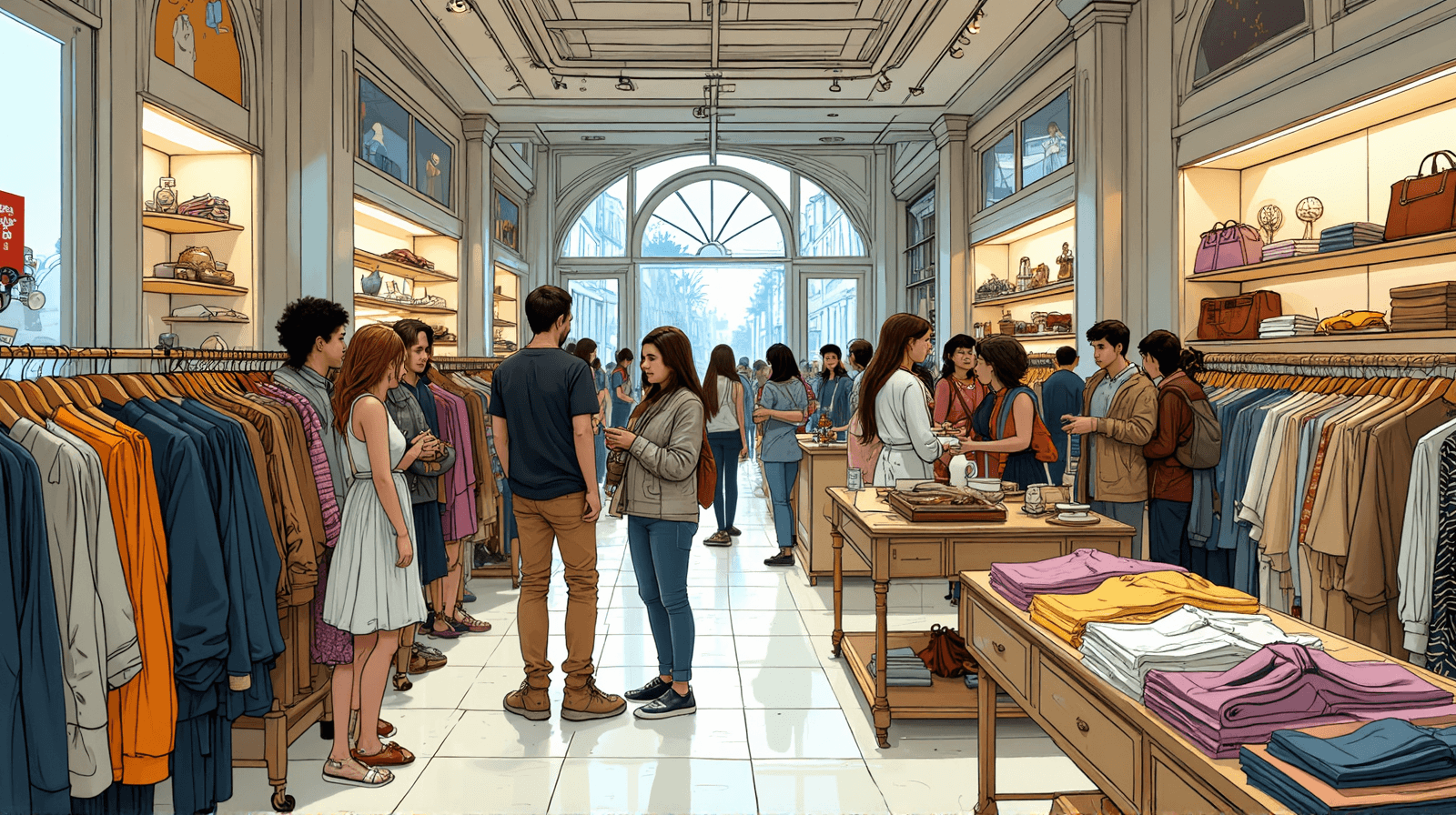Anyone working in retail in Australia (or globally) will tell you it has been a very hard slog. The combination of slow growth into the pandemic, followed by supply chain issues, interest rate hikes then rapid inflation has meant discretionary retail has been in troubled waters for a little while now.
This week, the ABS released its December 2024 retail spending report, and while I doubt CFOs will be unlocking their budgets just yet, it does show that there’s the chance we’ve turned the corner in Australia.
It’s not all unbridled optimism though. If a large-scale trade war erupts - especially due to US tariff policies and China’s reaction - the modest growth we’re seeing here could easily wither over the coming quarters.
Signs of growth - if you know where to look
Overall, retail had the strongest December quarter it has had in years. At best, accounting for inflation, it’s been flat - and the reality is it’s probably been down once you take that into account.
While December specifically was down month-on-month by a very slim 0.1%, this was off the back of strong gains in October (+0.5%) and November (+0.7%).
Consumers are beginning to feel more confident about the economy and a lot of this is them just knowing where they stand financially. If your rent or mortgage keeps going up every other month and the prices you pay at the checkout keep changing, it is incredibly hard to plan your expenditure. As a result, people stopped spending.
To an extent, this was exactly the RBA’s plan - to cool the economy and curb inflation. I won’t pass judgement on how they did that, other than to say for the last 24 months, consumer spending has been low and discretionary spending has been severely curtailed.
For retail, this has had huge implications with many stores closing and has been particularly hard on restaurants and cafes who have seen record failures.
These latest figures indicate that consumers have finally got a read on their finances. Inflation is back within target band for most items, and mortgage and rental rates have largely stabilised (even if they are costing more of a fraction of income than any time before). Additionally, many consumers have had a pay rise over the last 18 months.
Most consumers aren’t exactly flush with cash, but the economic landscape is much more stable than before, fostering confidence and a slight loosening of the purse strings. This means some additional discretionary spend.
The data shows household goods and department store sales are up while clothing and cafes are down.
This makes sense - if you are going out less then you are likely at home more, so you want your home space to be a bit more comfortable. A knock on implication of this is that you need fewer clothes. We know the op-shops are doing very good trade over the last 12 months as a result of people not buying new. We also know that Temu and Shein are proving unstoppable for cheap fashion and homewares - none of which is really captured in the ABS numbers for retail spending.
Retail spending increased +0.5% per capita over the quarter which is the first uptick in more than 2 years - a good sign of sustainable consumer confidence.
Pulling sales forward
Sales are moving from December and into November (or even earlier) - a trend that’s been building for nearly a decade and is becoming more prominent than ever. The impact of BFCM, Singles Day and Click Frenzy is pushing November sales higher, away from December being the retail peak.
Working with all my retail clients coming into the end of the year, this behaviour was easily apparent and is very much in line with the long term trend.
This has implications for supply chains, seasonal drops and profitability over the quarter and I’m not sure any retailers have fully worked through all the implications of this now just being how consumers behave. In 2025 and 2026 I believe we’ll see less blanket discounting with better targeting but also more selectivity when it comes seasonal and new products than we’ve so far.
Where to from here?
Consumers have told the retail sector that they are prepared to spend again - but you have to have a good product at a good price. Many buyers are being extremely picky about their spending and are quite happy to wait until a sale comes around so they can get a discount and keep hold of their hard-won discretionary dollars.
There is a great deal of variance across localities, verticals and audiences so understanding exposure to this is imperative for retail leaders to manage risk but also understand where the opportunities fall. Targeting of audiences from both an acquisition and retention standpoint is going to be key here - especially if you can frame additional benefit beyond price parity. Unlocking initiatives that help enable this would be good investments of human and financial capital.
The last few years have been some of the most difficult I’ve seen in retail for my entire career - reflective of it being a difficult period of time for consumers. That said, the numbers for the December quarter are the most positive they have been across the retail sector since the start of the pandemic - multiple indicators suggest that while we aren’t out of retail winter just yet, we might be entering a thaw and there are a few patches of new growth that indicate spring may be on the way.
Notes: This post originally started as a Bluesky thread
